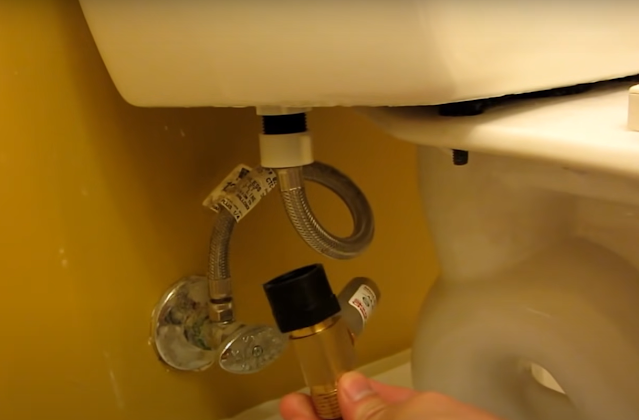where to install a water hammer arrestor
1. Water heater: The hot water supply line to the water heater is a common place to install a water hammer arrestor. This is because the hot water line is typically under higher pressure than the cold water line, and it is more likely to experience water hammer.
2. Washing machine: The hot water supply line to the washing machine is also a common place to install a water hammer arrestor. This is because the washing machine is a high-volume water user, and it can cause water hammer if the valve is closed suddenly.
3. Toilet: The fill valve on a toilet is another common source of water hammer. This is because the fill valve is designed to close quickly, and it can cause a pressure surge if it is closed too quickly.
4. Faucets: Faucets with aerators are less likely to cause water hammer than faucets without aerators. However, if you are experiencing water hammer from a faucet with an aerator, you can install a water hammer arrestor on the supply line to the faucet.
5. Valves: Any valve that is used to control the flow of water can be a source of water hammer. If you are experiencing water hammer from a valve, you can install a water hammer arrestor on the supply line to the valve.
The best place to install a water hammer arrestor is close to the source of the water hammer. This will help to reduce the noise and vibration caused by the water hammer. If you are not sure where to install the arrestor, you should consult with a plumber.
Tips for installing a water hammer arrestor
· Turn off the water supply before you start working.
· Drain the water from the pipe before you install the arrestor.
· Use the correct size arrestor for the pipe size.
· Be careful not to overtighten the arrestor, as this could damage the pipe.
· Test the arrestor to make sure it is working properly.
Once the arrestor is installed, you should turn the water back on and test it to make sure it is working properly. If you are still experiencing water hammer after installing the arrestor, you may need to contact a plumber.
How to check water hammer arrestor is installed correctly or not.
1. Listen for banging noises: If you still hear banging noises after installing the arrestor, it is not installed correctly. The arrestor should absorb the shock wave that causes the banging noise, so if you are still hearing the noise, the arrestor is not working properly.
2. Check the water pressure: If the water pressure is too high, it can cause water hammer. You can check the water pressure with a pressure gauge. If the pressure is too high, you may need to install a pressure regulator.
3. Check the orientation of the arrestor: The arrestor should be installed in the correct orientation. The arrestor should be installed with the diaphragm facing the direction of the water flow. If the arrestor is installed incorrectly, it will not work properly.
If you have checked all of these things and you are still experiencing water hammer, you may need to contact a plumber to have the arrestor reinstalled.


